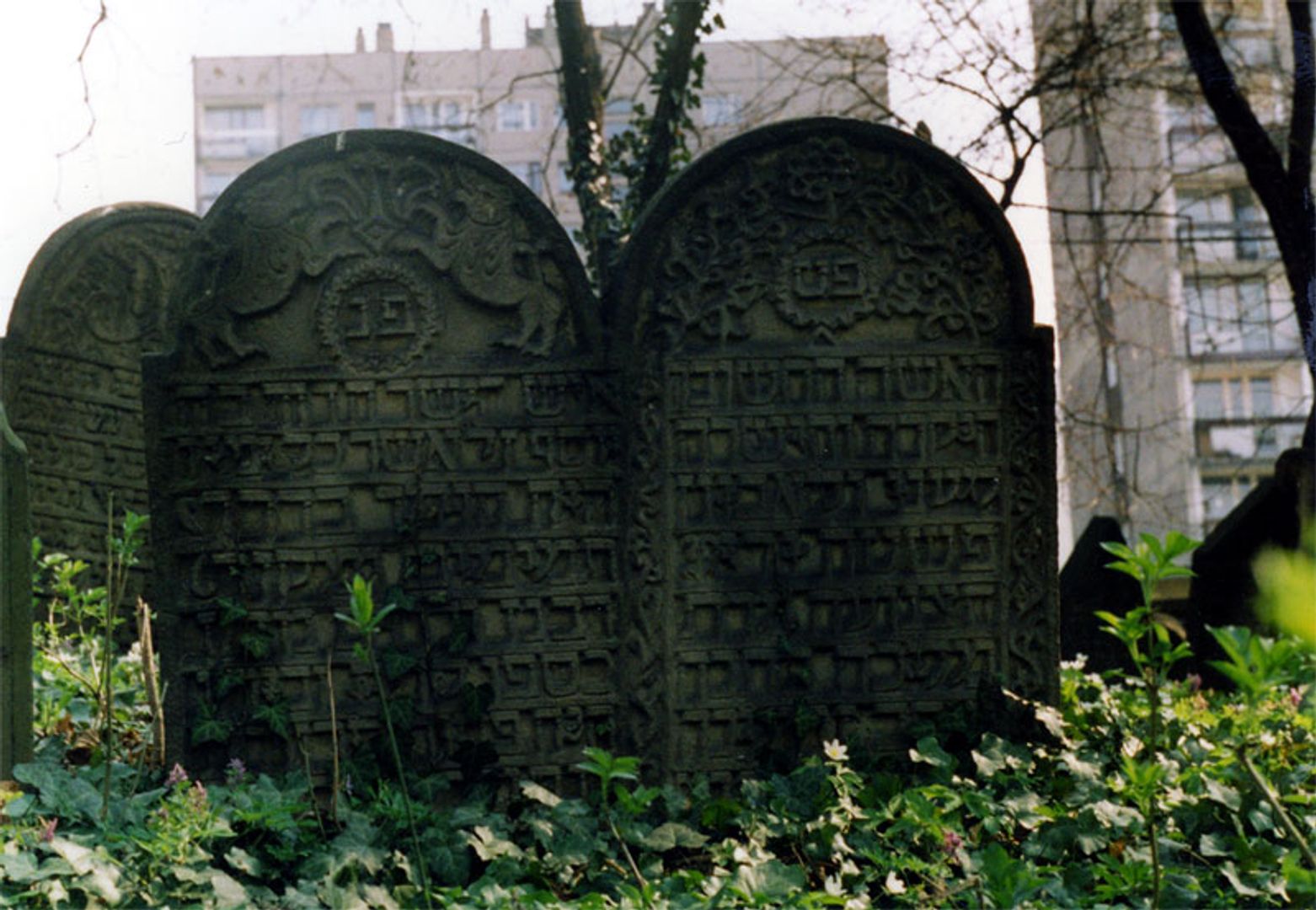Old Jewish Cemetery in Cieszyn
6.21

Overview
The Old Jewish Cemetery in Cieszyn, located on Hażlaska Street, is one of two Jewish necropolises in the city and the oldest one. Established in 1647 on the initiative of Jakub Singer, the founder of one of the first Jewish families in Cieszyn, the land was originally owned by the Singer family. In 1785, the cemetery was sold to the Jewish community, gaining status as a burial site for the local population. The last burial took place in 1928, and in 1986, the cemetery was entered into the register of historical monuments. It is currently managed by the Jewish Religious Community in Bielsko-Biała. The cemetery covers an area of 1.9 hectares, is surrounded by a brick wall, and contains over 1,500 preserved tombstones, with the oldest dating back to 1686. Architecturally, the tombstones exhibit a variety of styles—from simple sandstone steles from the late 17th century to neoclassical obelisks and modern granite monuments. Inscriptions on the matzevot are typically brief, containing the name of the deceased, dates of life, and words of praise. During World War II, the cemetery was closed by the German occupation authorities, and after the war, it came under the care of the Congregation of the Mosaic Faith, which struggled with its devastation. There are also interesting historical aspects: the Gestapo carried out four executions on the cemetery grounds, and as a result of the occupiers' actions, many matzevot were destroyed. In the 1980s and 1990s, conservation work was carried out to protect this historic site. The cemetery has become a symbol of Jewish memory in Cieszyn, preserving a unique cultural and architectural heritage and serving as a place for reflection on the history of the region's Jewish community. It is not only a memorial site but also a treasury of knowledge about sepulchral art, making it a significant element of Cieszyn's cultural heritage.
Location
2025 Wizytor | All Rights Reserved